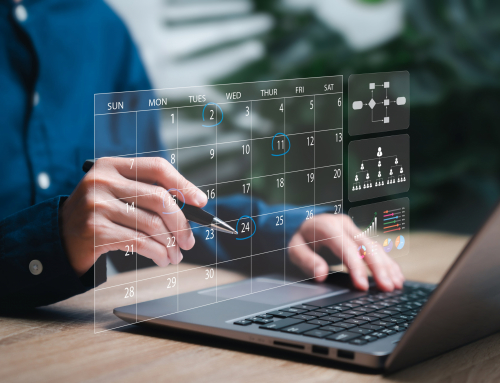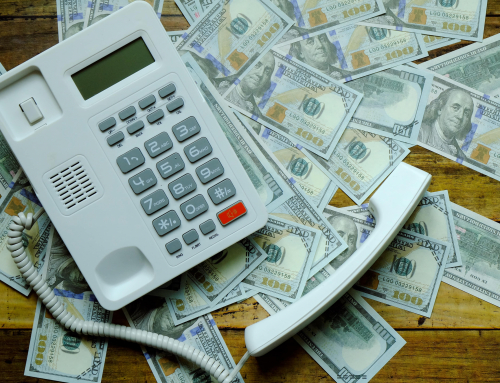How to Reduce Hold Time in a Call Center
Reducing the amount of time your customers wait is a crucial part of a successful business. No one likes to wait–it’s pretty much a fact of life. In fact, the majority of callers hang up after just 2 minutes of hold time–and then 34% of those people won’t even call back.
In today’s society of instantly available information, people have gotten accustomed to that instant gratification. So when information is slow to obtain or hard to understand, the customer experience can quickly slide downhill.
Solving a customer’s problem quickly and effectively, and then politely but efficiently getting them off the phone, can be a tough balance to strike. Here are some ways to help you lower hold times in your call center and increase customer satisfaction.
1. Monitor your representatives’ call performance.
There are equipment and software available that lets you listen in during calls and talk to an agent during a call–but only the agent can hear you. There are also features that allow you to join the call if necessary. Monitoring customer interactions in this way helps you figure out what’s working, and what’s not. It’s also a good tool for training new agents, decreasing call transfers, and decreasing escalations.
2. Improve call routing.
Make sure your customers’ calls are getting to the most qualified agent to handle them from the start. You can do this by keeping your routing system updated and customized to your business’s specific needs. Try to automate as much as you can, particularly common issues like resetting a password, tracking a package, paying a bill, checking an account balance, etc. This enables customers to do what they need to without having to take up an agent’s time.
To keep your list of automated functions updated, agents should take notes on common issues that come up during customer interactions, and these notes should be reviewed regularly to help them decide whether new menu options should be added into your automated system.

3. Keep customer information current.
It takes up everyone’s time when agents have incorrect or incomplete information. Use software that has the ability to integrate–meaning when an agent changes information in one system, all your other systems will automatically update with the same information. This greatly cuts down on the time spent in a customer interaction because agents don’t have to keep multiple applications running at the same time or ask a customer for information that they’ve already provided at a previous time. And when you reduce on-hold time, you improve the customer experience.
4. Be strategic in staffing.
This doesn’t necessarily mean that you need to hire more agents, just that you should schedule your staff according to your busiest hours. Look at your call center data to determine when your highest volume periods occur, and modify your agents’ schedules to fit.
5. Let agents see their performance scores.
With all of the technology available today, it’s easy to create specific, measurable KPIs that agents can keep track of themselves. Since agents can see immediately where they’re making mistakes and what needs improvement, they are enabled to self-manage and take control of improving their performance.
The ability to see their coworkers’ scores can also be motivating, and a ranking system can turn it into a game of sorts for competitive types. Offer prizes or other types of positive reinforcement, either individually or by dividing the staff into teams. Team competitions increase productivity and build camaraderie.
6. Have answers to common questions readily available.
Develop a spreadsheet or shared document containing answers to common questions or complaints that customers bring up. When agents have ready access to such a knowledge base, hold times can be greatly reduced–the faster an agent can provide the needed information, the faster a customer’s issue can be solved, and the less hold time will be experienced by all.
7. Remember the importance of perceived wait time.
Savvy businesses understand that it’s not just actual wait time that’s important–perceived wait time matters just as much. Research has shown that customers who hear music will stay on hold an average of 60 seconds longer than those who don’t. When deciding on hold music, it’s important to keep your target demographic in mind, but as a rule of thumb, stick to music that’s upbeat and happy.
Contact ROI Solutions to schedule your free consultation today.






